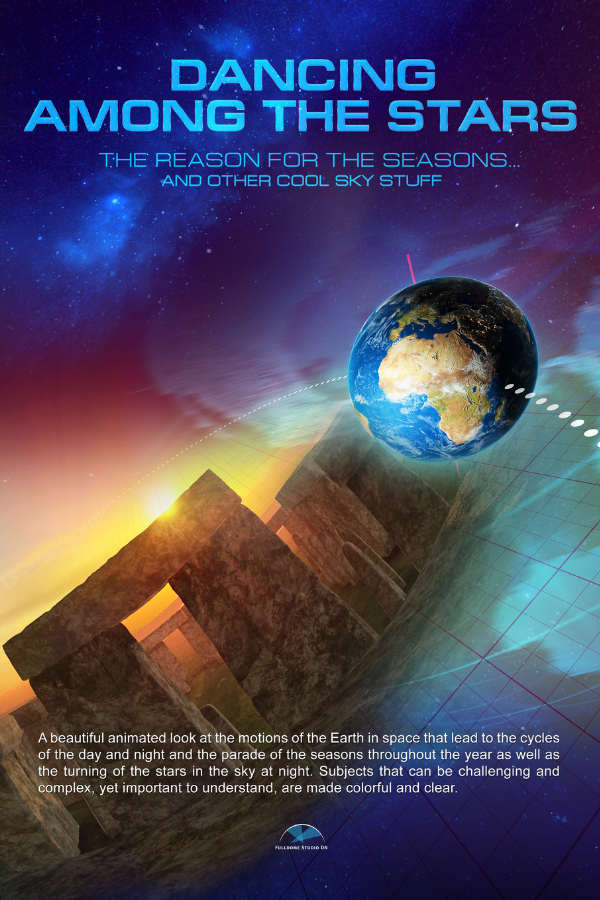Dancing Among the Stars

Subjects that can be challenging and complex, yet important to understand, are made colorful and clear.
 Open Captioning Available
Open Captioning Available

 Open Captioning Available
Open Captioning Available
Through November 27th:
Fridays at 7:00 p.m.
Saturdays at 2:30 & 7:00 p.m.
November 28th & 29th:
Friday, November 28th at 2:30 p.m.
Saturday, November 29th at 2:30 p.m.
December 2nd through the 22nd:
Tuesdays at 7:00 p.m.
Saturdays at 2:30 p.m.
December 26th & 27th:
Friday, December 26th at 8:00 p.m.
Saturday, December 27th at 8:00 p.m.
December 30th:
Tuesday, December 30th at 7:00 p.m.
January 2nd & 3rd:
Friday, January 2nd at 8:00 p.m.
Saturday, January 3rd at 8:00 p.m.
Tickets are available in-person at the counter or get tickets online. Prices are $5.50-$7.50 per seat. Discounts are available.
The Faulkner Planetarium, Idaho's largest domed theater, features the latest in fulldome technology, capable of virtually transporting audiences around the world and to the universe's far-flung reaches. The theater can seat 144. Open captioning for the hearing impaired is available upon request for many programs.

Our planet is in constant motion. Though few realize it, our planet's constant motion carries us an amazingly fast ride. Earth's rotation about its axis and revolution around the Sun give rise to what we experience day in and day out, year in and year out. This show examines the so-called dance of our planet in space and how we can see the evidence for that dance in what we experience through observing the sky, both day and night, and our experience of the repetitive seasons. This is an excellent show that teaches the fundamentals of our planet's motions.
You can schedule a private showing for school field trips or private events!
Private Event School Field Trip